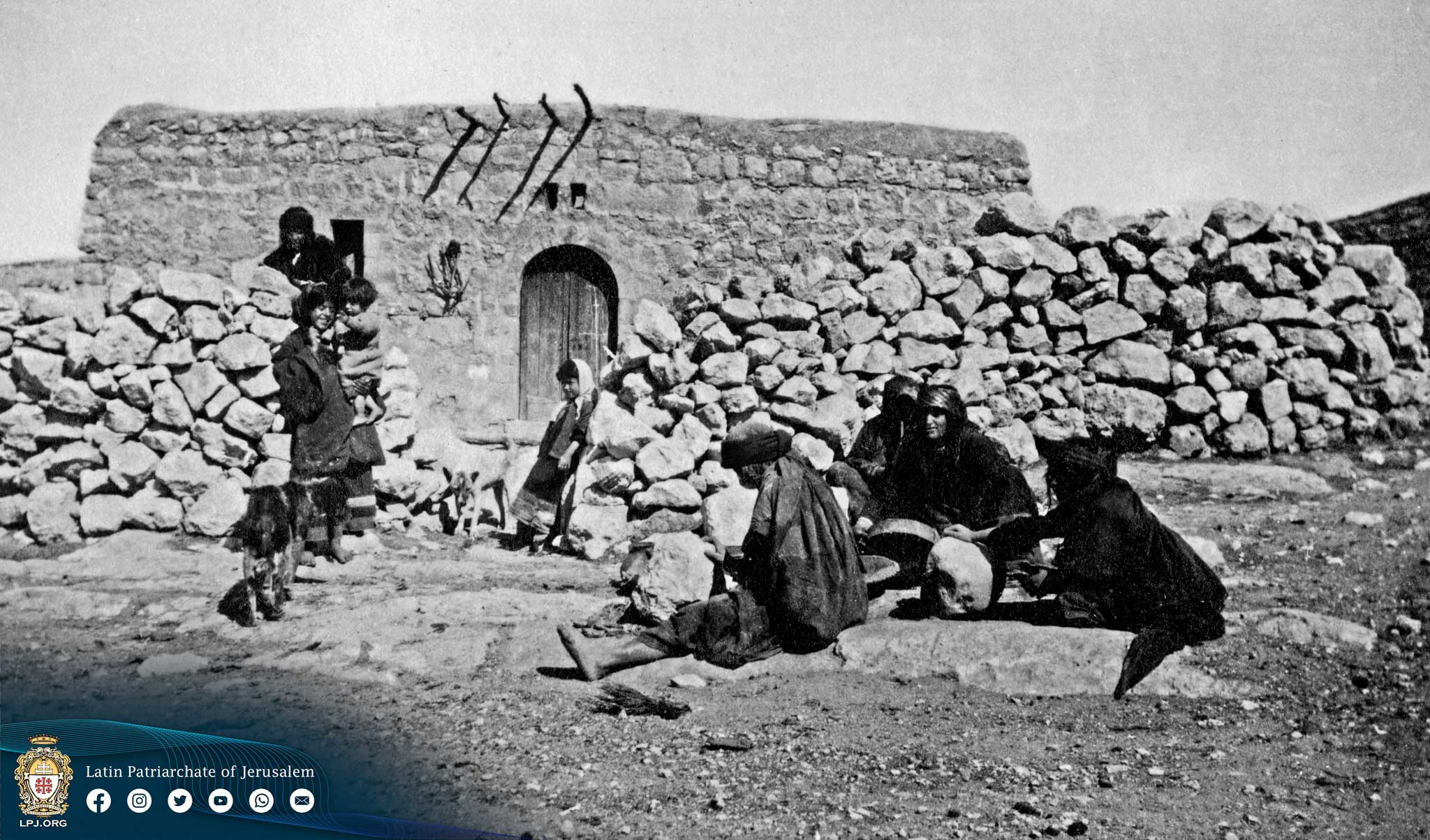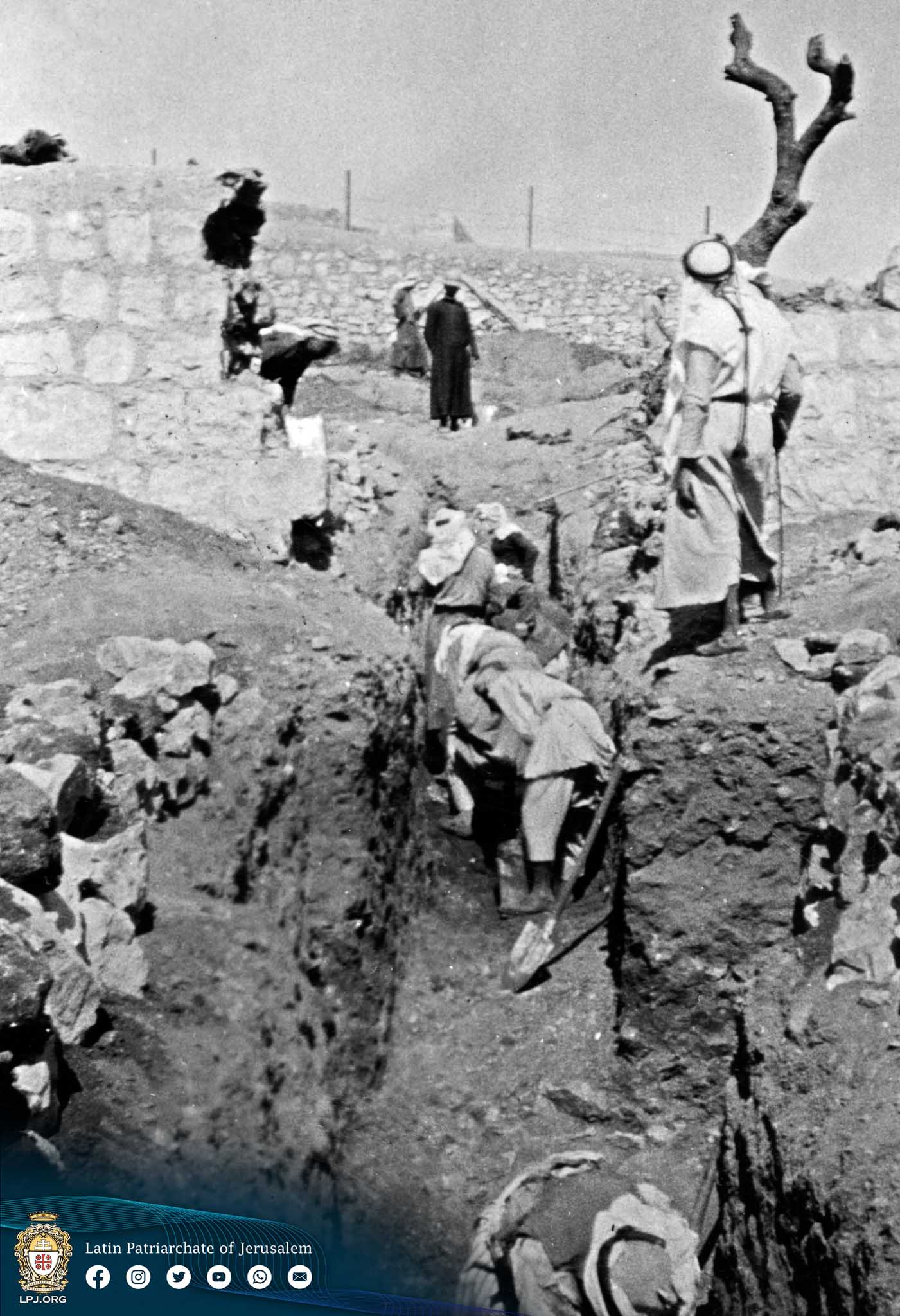Fuheis Parish
Nestled just outside Jordan’s capital, Amman, the town of Fuheis is home to about 24,000 people—most of them Christians, both Catholic and Orthodox. Its residents are known for their hard work and dedication, earning their livelihoods in trade, agriculture (especially the cultivation of olive trees), cement production, civil works, and office professions. The Christian presence here runs deep, tracing its roots back to centuries before the rise of Islam, and through the ages, the people of Fuheis have remained steadfast in their faith and traditions.
A Parish with Deep Roots
The Latin Parish of Fuheis was established in 1874, during the Ottoman era—a time when poverty, illness, and illiteracy were common due to the weakened state authority. In these challenging times, the Latin Church became a pioneer in education, offering light and hope where it was most needed.
As Fuheis gradually entered the modern age, its people embraced progress while holding firmly to their Bedouin heritage and the ancient Christian spirit that has shaped their identity for generations.
Two Churches, One Community
Today, Fuheis Parish is among the largest cared for by the Latin Patriarchate. It is blessed with two churches:
-
The Church of the Immaculate Heart of Mary in the town center – the heart of the parish’s spiritual life.
-
The Church of Our Lady of Grace in the Al-Alali district.
Mass is celebrated every Saturday and Sunday in both churches, and the parish organizes a rich variety of spiritual and social activities that welcome the entire community—fostering fellowship, faith, and service.
The Latin Patriarchate School
The parish’s commitment to education began in 1885, when its first priests opened a few classes to teach Arabic, catechism, and mathematics. Like many Latin Patriarchate schools in the region at the time, it stood as a beacon in the darkness, nurturing both minds and souls.
Today, the Latin Patriarchate School of Fuheis is one of the oldest and largest in the area. This coeducational institution serves students across three stages:
-
Kindergarten and elementary levels, based at the Church of Our Lady of Grace in Al-Alali.
-
Secondary level, located at the Church of the Immaculate Heart of Mary in the town center.
More than just a place of learning, the school seeks to:
-
Offer strong religious and spiritual formation.
-
Encourage dialogue between students, teachers, and administration.
-
Foster extracurricular activities that shape character and leadership.
-
Inspire students to discover their unique and valuable role in the Church, their community, and their nation.











